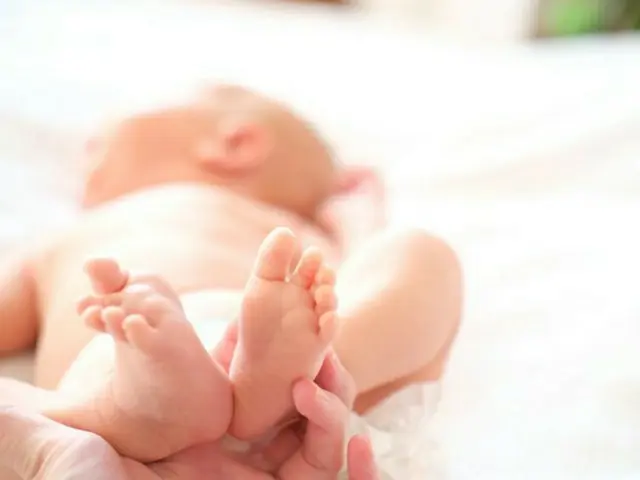The average age for infertility treatment in Japan rose by 0.3 years. The Health Insurance Review and Assessment Service announced on the 26th that it had published a report entitled "Statistics on Infertility Treatment," which includes the above information. The report includes details on the causes of infertility, the number of treatments, pregnancy rates, etc.
This is the first data set in Korea to include such detailed information, and it is calculated based on records from designated infertility treatment medical institutions, rather than on traditional insurance claims data.
According to statistics, a total of 200,070 infertility treatments were performed at 201 medical institutions in 2022. In recent years, the number of infertility treatments has increased due to the trend toward later marriage.
The number of cases is on the rise due to the expansion of measures to combat the declining birthrate, and compared to 2019 (146,354 cases), it increased by 36.7% (53,653 cases). By type of treatment, in vitro fertilization was 154,000 cases,
Total births increased by 202 to 166,870, while artificial inseminations decreased from 35,171 to 33,137.
There were 142,934 cases of infertility due to a single cause, accounting for approximately 70% of the total.
The most common cause was unidentified (41,641 cases, 20.8%), followed by ovarian dysfunction (35,810 cases, 17.9%) and male factors (29,963 cases, 15%).
There were 57,073 cases (28.5%) where multiple factors were involved. Looking at the causes of infertility by gender, there were 128,388 cases where the cause was female, accounting for 64.2% of the total.
There were 29,963 cases of male infertility (15%), and 41,656 cases (20.8%) where infertility factors were present in both men and women.
The total number of women who underwent infertility treatment was 78,543, and the average age was 37.9 years old, 0.3 years lower than three years ago.
By age, the largest group was 35-39 years old at 37.4%, followed by 30-34 years old (26.5%) and 40-44 years old (26.1%). By type of treatment, artificial insemination
The subjects for artificial insemination (average age 35 years old) were younger than those for in vitro fertilization (average age 38.4 years old). Looking at the proportion of treatments by age, the subjects for artificial insemination were 30-34 years old (43.0%) and those for in vitro fertilization were 35-39 years old (34.0%).
The majority of women (32,510, 41.4%) had tried to conceive naturally for more than three years before treatment. Four out of ten women had been pregnant before, and some had experienced miscarriage.
The pregnancy rate was 31.8%. Among the completed treatments, the percentage of those with a gestational sac confirmed by ultrasound examination (pregnancy rate) was higher for IVF than for AI.
Of the four, 4,081 were normal pregnancies, for a pregnancy rate of 13%. For in vitro fertilization, the pregnancy rate was calculated to be 30.2% for fresh embryo transfer and 42% for frozen embryo transfer. The pregnancy rate increased with age.
The number of people undergoing fertility treatments has decreased, especially after the age of 40. The Health Insurance Review and Assessment Service predicts that the number of people undergoing fertility treatments will continue to increase due to the rising age of first marriage.
The head of the Medical Resources Division said, "Starting with this year's infertility statistics, we will provide the public with easy-to-understand information on infertility on a regular basis every year and develop a variety of statistical materials necessary for formulating infertility support policies and conducting research."
He said.
2025/03/26 21:31 KST
Copyrights(C) Edaily wowkorea.jp 78

